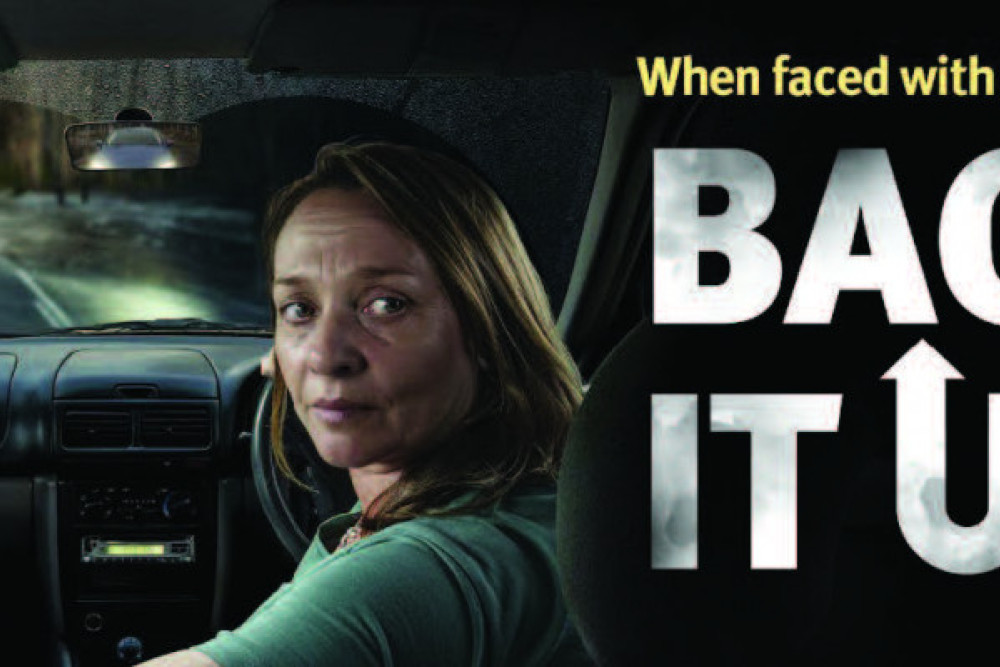Community & Business
4 March, 2022
What is the real cost of driving through floodwaters?
DON'T get carried away with reasons or external pressures - driving through floodwater is never a good idea.

By Queensland Fire and Emergency Services Mareeba Station Officer DARRYL CHAPLAIN
When faced with a flooded road, back it up. Be prepared for flood season.
Cyclone Storm and Flood season is unpredictable in the Far North with dangers lurking for the unprepared traveller and resident.
Obviously, we all need to be prepared for the possible severe storms and cyclones that occur every year as well as potential flooding and this becomes even more pertinent if you need to travel in these conditions.
Where possible you should avoid travelling especially driving in potentially bad weather, monitor your local conditions and forecast and what the local effects may be.
Even after heavy rain has eased keep an eye on your surroundings as rainfall that may have fallen in other areas of the catchments could cause flash flooding downstream over time.
Take note of warning signs, carry a map, and remember the names of local roads that you are travelling, landmarks and distances travelled in case you need to advise rescuers where you are.
Ensure you have emergency items with you including torches and fresh batteries, portable radios, mobile phones and an up to date first-aid kit and always have drinking water with you.
Whatever you do, do not drive into flood waters, or try to cross swollen creeks, if you drive past or move a “Road Closed” sign you could face severe penalties and you could vid your insurance or worse lose your life.
Drivers should be aware of causeways or stormwater run-off areas. You should avoid these areas in your neighbourhood or areas you are visiting and take care when choosing where you park.
Road surfaces or bridges could be washed away beneath flood waters and cause vehicles to become submerged or stuck and the consequences to occupants could be catastrophic. Rescuers may not be able to reach occupants in time and many people who drown or need rescuing have ether deliberately driven in to flood water or taken their vehicle into a potentially dangerous situation.
The wet season also brings with it the dangers of playing or walking in these waters including slippery surfaces, uneven ground, strong currents, fences, rocks, sharps, chemicals, sewerage or even electrical current.
Without the risk of hidden strainers such a metal grates and grills or unprotected drains which can generate strong currents and quickly trap a person or cause drowning.
Stay especially clear of the waters edge in a flood situation as there may be strong currents, undercuts, slippery surfaces causing people to lose their footing and fall in. Stay a minimum of 3m back from the waterline.
Always keep a close eye on children around flood water as it is intriguing and exciting but has extreme dangers for children especially storm drains.
If confronted by floodwater, don't get carried away. Take a moment, back it up, and wait until it's safe. It's the smartest thing you can do. Any flooded road can be deadly. People have died trying to cross flooded waterways! If you become trapped by floodwater, don’t enter the water, and stop others from entering stay calm and call 000 or ask or signal others to call. Even fully equipped Swiftwater technicians will only enter the water as a last resort.
Be patient and wait for help as rescuers may be some time away, once they arrive follow their instructions and listen to authorities who are trained professionals. Do not enter water t help others, the best way to help is to report to emergency services and continue to monitor the person and the situation.
The size of your vehicle doesn’t matter, nor whether you’ve driven the road a hundred times before – IF IT’S FLOODED, FORGET IT!


